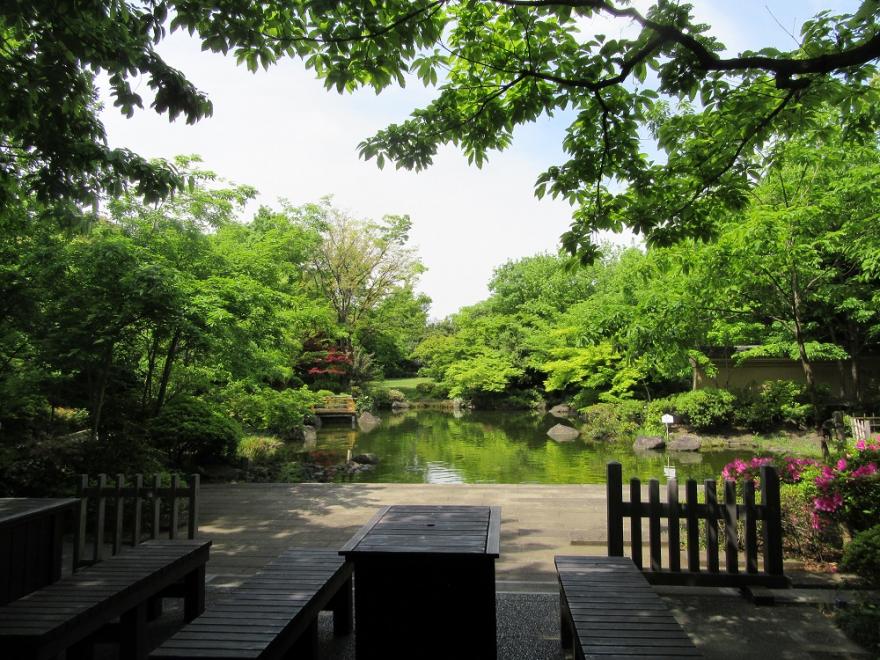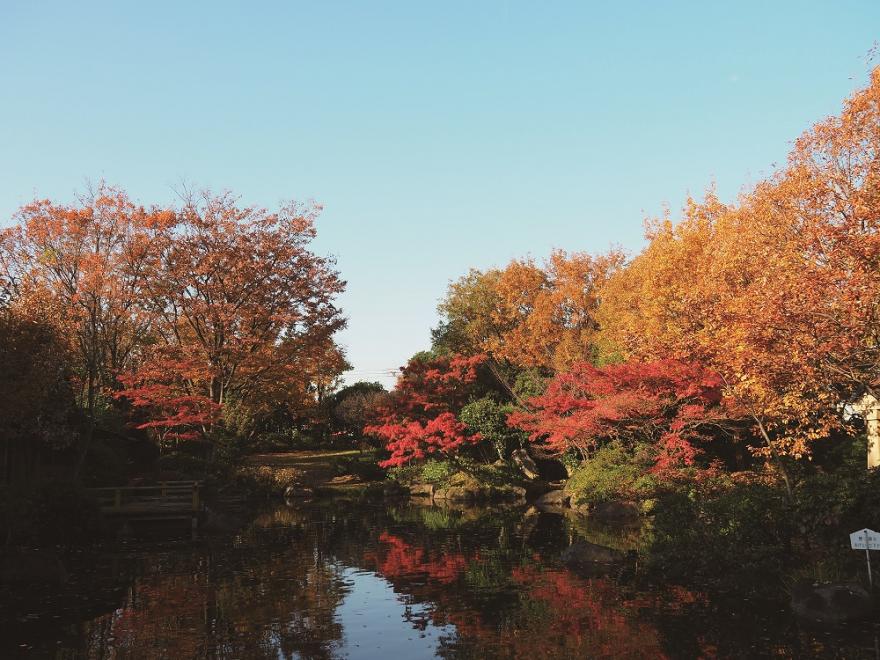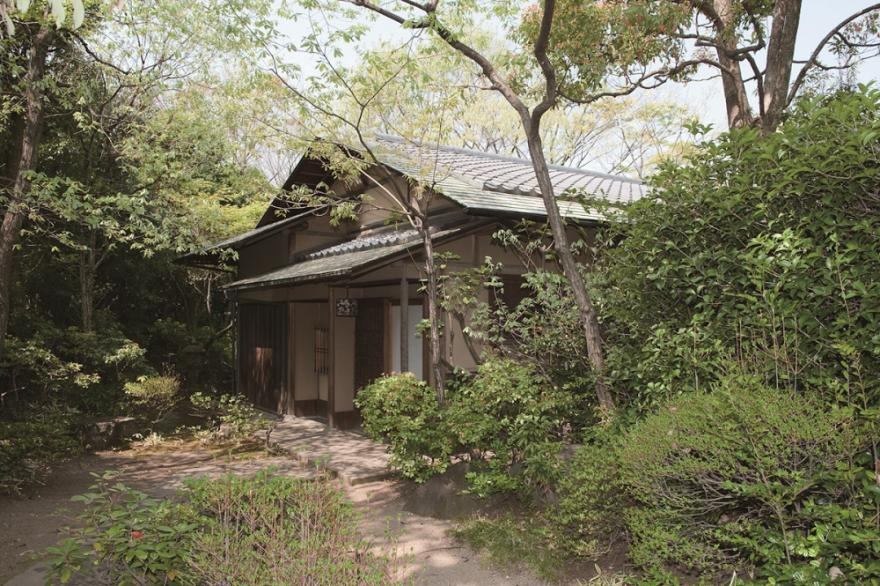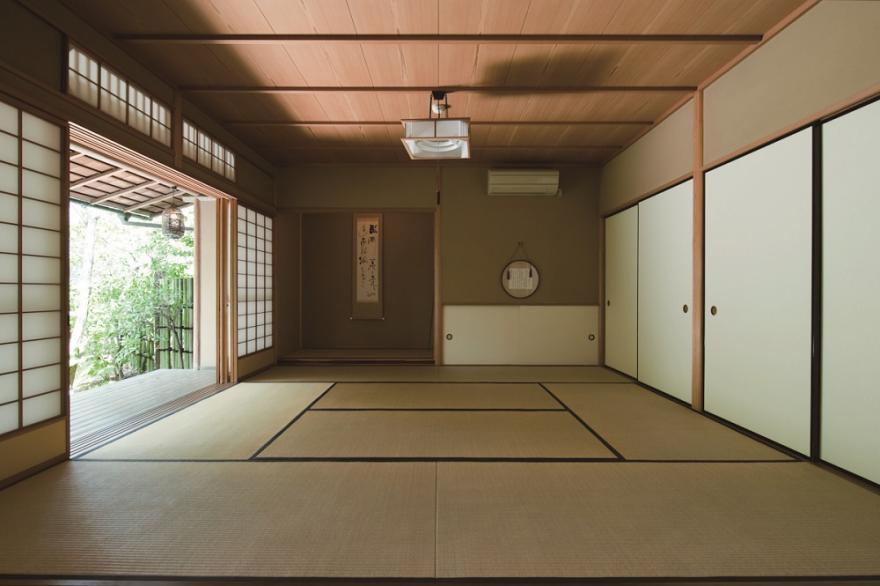ホーム > 文化・スポーツ > 足立区立郷土博物館トップページ > English|ADACHI CITY MUSEUM
ここから本文です。
公開日:2020年4月14日 更新日:2025年7月21日
ADACHI CITY MUSEUM
Our Re-opening Date: Saturday, April 26, 2025
We are temporarily closed until Friday, April 25, 2025 for the renovation of our facilities and exhibitions.
Japanese Garden and Tearoom will be also closed during this period.
Thank you for your cooperation.
Welcome to the Museum
Adachi City Museum is a museum where you can experience, discover, enjoy, learn, and chat as you view the exhibits.
We look forward to your visit.
Visitor Guide
About us
- Address
5-20-1 Oyata, Adachi-ku, Tokyo 120-0001 - Phone
03-3620-9393 - Fax
03-5697-6562 - Email
hakubutsukan@city.adachi.tokyo.jp - Open
9:00 AM to 5:00 PM (Last admission 4:30 PM) - Close
Mondays (If Monday is a national holiday, closed the following weekday)
Year-end and New Year holidays
exhibition changeover
building fumigation - Admission
200 yen (high school students and above)
Half price for groups (20 people or more)
Free for over 70s
Disability certificate holders with one accompanying caregiver - Free Admission
2nd and 3rd Saturday
May 5, May 18
October 1
November 3
Access
JR Kameari Station North Exit - Tobu Bus
JR Line and Tokyo Metro Chiyoda Line - Ayase Station West Exit - Tobu Bus
Parking
|
 |
Japanese Garden
|
The adjacent Higashi-Fuchie Garden was designed by noted landscape architect, the late Kenzo Ogata. |
|
Tearoom
|
Rinentei is a sukiya-zukuri simple Japanese-style tearoom standing inside the Japanese garden and is available for hire to for enthusiast gatherings, etc.
Applications are accepted from the first day of the month two months prior to the date of hire. |
|
Exhibitions
under construction
more...
Download
Permanent Exhibition Brochure
(PDF:6,918KB)
お問い合わせ



